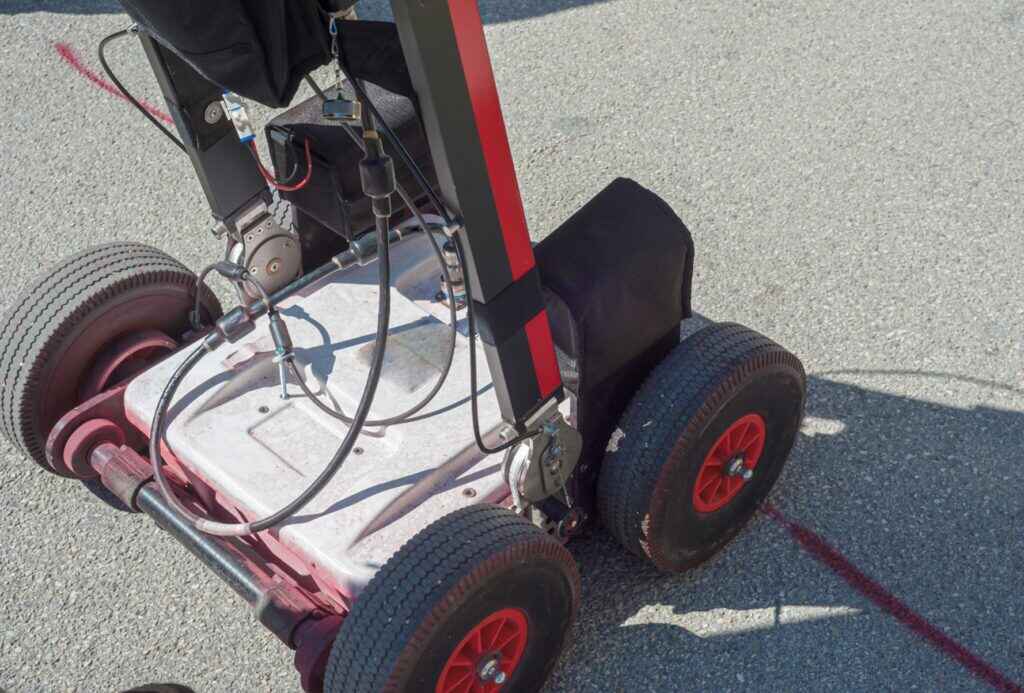What is Ground Penetrating Radar (GPR)?

Ground penetrating radar (GPR) is an indispensable tool widely used in construction, civil engineering, and similar industries. This technology leverages high-frequency radio waves to generate subsurface images, allowing professionals to identify and map buried structures or objects without excavation. Here’s everything you need to know about using GPR in construction applications.
How Does GPR Work?
GPR equipment consists of a transmitter and a receiver. The transmitter sends electromagnetic energy into the ground, which bounces back to the surface when it hits different underground features. The receiver collects these reflected signals, and special software translates them into images. The system can detect changes in material, air pockets, bedrock, groundwater tables, and other subsurface features. The crucial data sent back to the construction team guides their actions and prevents costly or dangerous excavation errors.
Applications of GPR in Construction
GPR is used extensively in the construction sector. The most common tasks include:
- Locating buried utilities: GPR helps detect and map pipes and cables to ensure construction activities don’t damage these infrastructures.
- Conducting concrete inspections: Before sawing or drilling through concrete, GPR can identify the location of rebar, conduits, and voids within the concrete slab, preventing structural damage.
- Mapping changes in geology and soil properties: This is crucial for large construction projects where soil stability and consistency impact building safety and integrity.
Benefits of GPR
Ground penetrating radar offers several advantages:
- Safety: Identifying where utilities and other buried items are located reduces the risk of job site accidents. Plus, the technology is safer than traditional X-ray inspections as it uses high-frequency radar waves similar to those of Wi-Fi or cell phones.
- Cost-effectiveness: GPR is an affordable service that helps prevent expensive repairs or alterations that may become necessary if a worker unexpectedly strikes something while digging into the ground or cutting into concrete.
- Accuracy: GPR is capable of lateral detection within 1/4 inch. The depth capabilities of GPR are usually 18 inches or deeper, depending on the material being scanned.
- Versatility: Portable GPR equipment can be adjusted to different frequencies depending on the specific job requirements.
- Efficiency: Ground penetrating radar provides real-time results and can cover large areas, speeding up the pre-construction phase to keep your project on schedule.
The Value of Professional GPR Services
When hiring a contractor, it’s important to find an experienced professional with a solid reputation for safety and delivering a job well done. Ashton Sawing and Drilling LLC is your top choice for GPR and other concrete scanning services in the Gulf States.
We are an industry leader, bringing over 20 years of experience to your job site in Dallas, Houston, New Orleans, or Baton Rouge. Our approach combines new, advanced equipment with the assurance of competitive pricing and quick turnaround times. Thanks to our professional touch, you can expect precision and safety without the risks and costs associated with DIY attempts. Contact us today to see how we can help make your next construction project a success.
